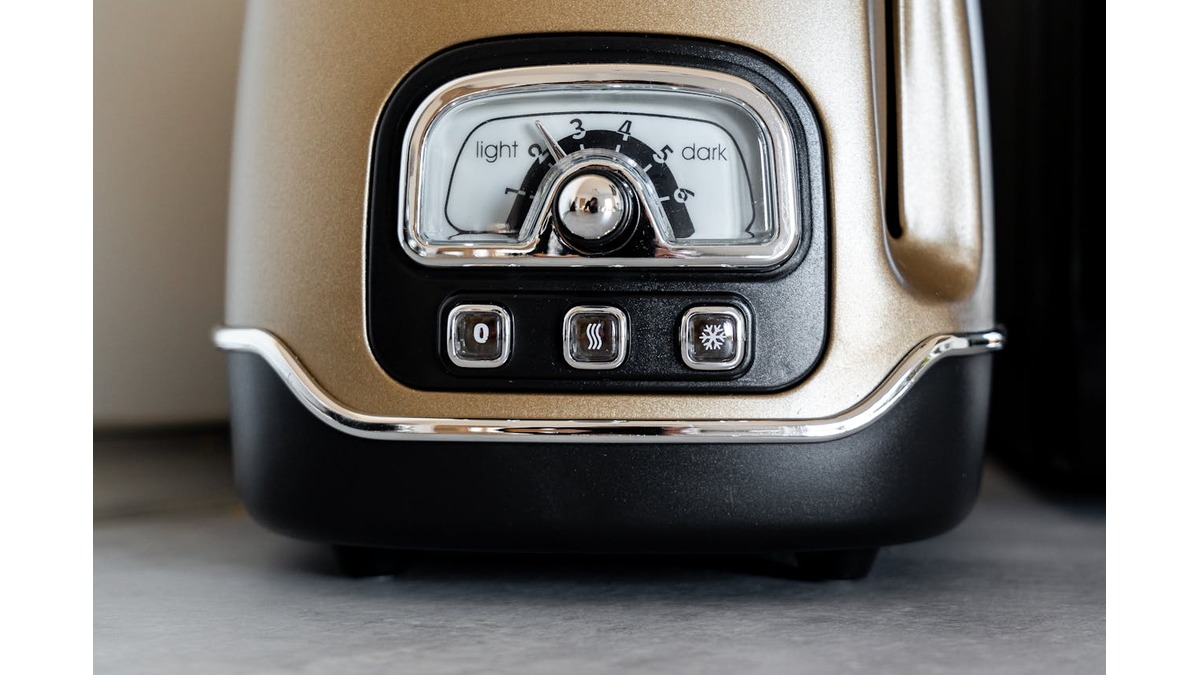Dial up Device nyt
In today’s world of ultra-fast fibre optic connections and 5G networks, it’s hard to imagine a time when connecting to the internet involved a long wait, weird sounds, and tying up the family phone line. Yet, for many of us who lived through the 1990s and early 2000s, the memories of using a Dial up Device nyt are both nostalgic and unforgettable. This article dives into the history of dial-up devices, focusing on how they worked, why they were so popular, and the role the New York Times (NYT) played in chronicling this tech era.
What is a Dial-Up Device?
A dial-up device, often known simply as a modem, allows users to connect to the internet over a phone line. The modem converted digital data into analogue signals that could be transmitted over traditional phone lines and, once connected, would allow people to browse the web, send emails, and more – albeit very slowly by today’s standards.
The Role of Dial-Up in the 1990s and Early 2000s
Dial-up was the primary means of internet access in the late 20th century. Internet Service Providers (ISPs) like AOL, EarthLink, and CompuServe became household names, offering packages that allowed users to “surf the web.” Brands like 3Com, USRobotics, and Zoom produced the most popular modems of that time.
The Sound of the Dial-Up: A Nostalgic Connection
The screeching, beeping, and hissing noises made by a dial-up connection are instantly recognizable to anyone who used the internet in that era. This sound was a result of the modem communicating with the ISP to establish a connection. While it was annoying at times, it also symbolized the thrill of going online.
Speed and Performance of Dial-Up Devices
Dial-up connections typically offered speeds of up to 56 Kbps, which, by today’s standards, is extremely slow. Websites took ages to load, and downloading files required patience. Frequent disconnections and busy signals were common problems, often leading to frustration.
The Shift from Dial-Up to Broadband
As technology advanced, dial-up internet couldn’t keep up with the growing demand for faster speeds. The introduction of DSL, cable, and fibre-optic connections marked the end of the dial-up era. By the late 2000s, most households had switched to broadband, which offered vastly superior speeds and reliability.
The New York Times’ Coverage on Dial-Up Devices
The New York Times was at the forefront of reporting on the digital revolution. They documented the rise and fall of dial-up technology, covering everything from technological advancements to societal impacts. Critical articles from that era captured the excitement of early internet users and the challenges they faced.
Legacy of Dial-Up Devices
While dial-up is now largely obsolete, its influence can still be felt. It laid the foundation for the broadband connections we rely on today and helped introduce millions to the digital world. Without dial-up, the rapid growth of the internet might not have been possible.
Dial-Up Devices in Pop Culture
Dial-up has been referenced in countless TV shows, movies, and even memes. From jokes about waiting forever for a webpage to load to the infamous “you’ve got mail” notification, dial-up has left a lasting mark on pop culture.
How Some Rural Areas Still Rely on Dial-Up
Surprisingly, there are still areas, particularly in rural regions, where dial-up is the only option available. While most people have moved on to faster options, some still rely on dial-up for basic internet tasks due to a lack of infrastructure or limited alternatives.
Technological Advancements That Replaced Dial-Up
Today, we have multiple faster and more reliable options than dial-up. DSL, cable, fibre, and even satellite connections offer superior speeds and performance. These technologies have eliminated the need to tie up phone lines and have provided consistent, high-speed internet access.
Challenges Faced During the Dial-Up Era
Dial-up was far from perfect. Users often faced busy signals, long wait times, and frequent disconnections. And if someone in the household picked up the phone while you were online, you could lose your connection entirely. Despite these frustrations, it was the gateway to the internet for millions.
The Environmental Impact of Dial-Up Devices
As technology evolved, old modems and other dial-up equipment became obsolete. The disposal of these devices has contributed to the growing issue of electronic waste. Today, recycling and proper disposal of outdated tech are more critical than ever.
Nostalgia for the Dial-Up Era
For many, the dial-up era represents simpler times. There’s a sense of nostalgia attached to waiting for that connection sound, knowing that once it was done, you were stepping into a new world of information and possibilities. While few would want to go back to using dial-up, the memories remain fond.
Conclusion
Dial up Device nyt played a crucial role in the early development of the Internet. While much faster and more efficient technologies have now replaced them, their impact is undeniable. From the iconic connection sounds to the limitations we no longer have to deal with, the dial-up era is a significant chapter in the history of the internet. What is Flanking Strike Macro Sod?
